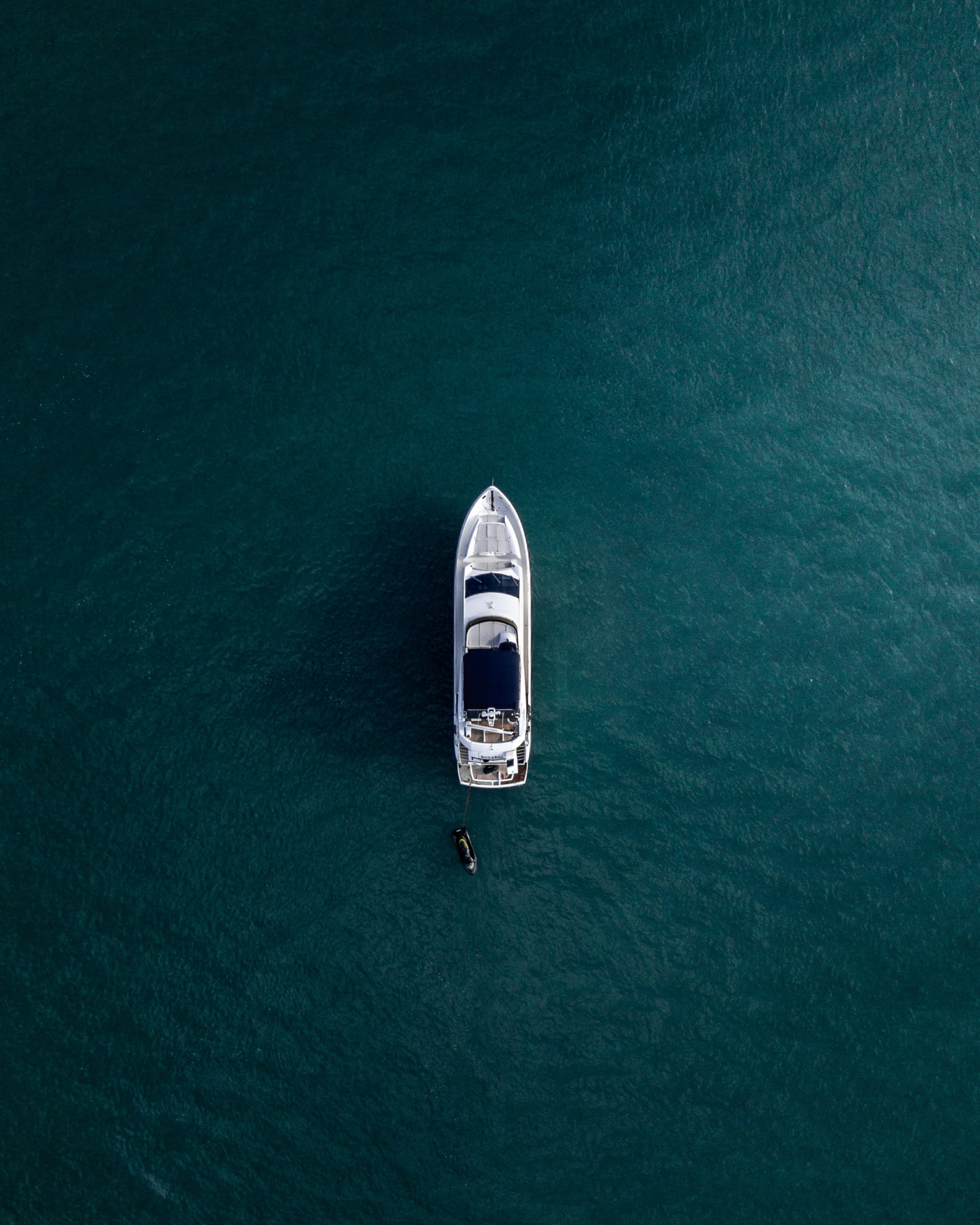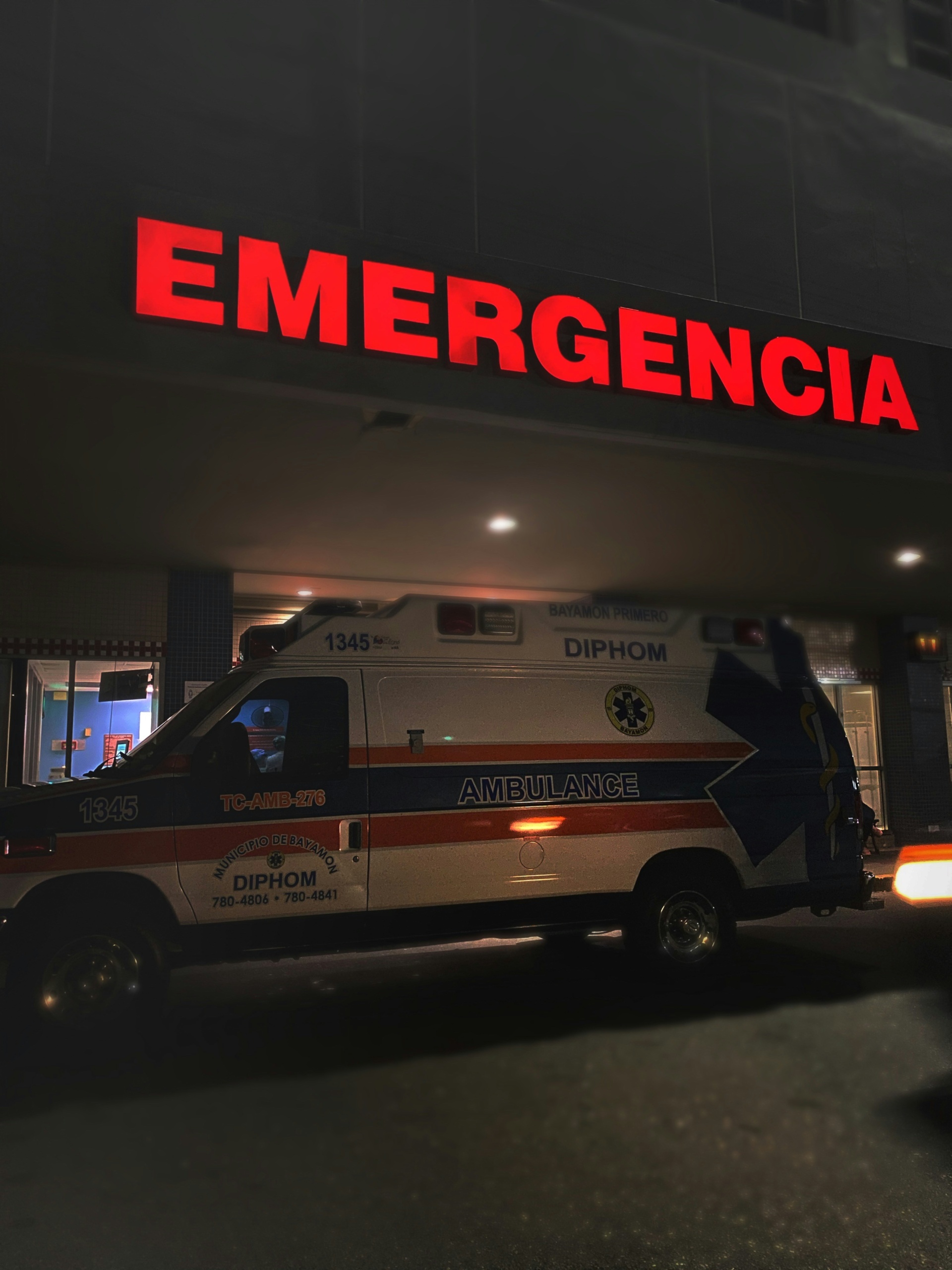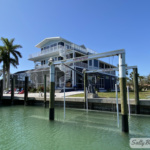Imagine yourself out on a peaceful day, enjoying the calm waters on a pontoon boat. The sun is shining, the wind is gently rustling through your hair, and all seems right with the world. But what if suddenly, out of nowhere, an emergency arises? It’s a scenario none of us want to think about, but it’s crucial to be prepared. In this article, we’ll explore some essential steps you should take to ensure your safety and the safety of others in case of an emergency on a pontoon boat. So, let’s set sail and discover how to handle unforeseen situations with confidence and peace of mind.
Assess the situation
When faced with an emergency situation on a pontoon boat, it’s essential to remain calm and collected. Panicking can cloud your judgment and hinder your ability to respond effectively. Take a deep breath and focus on assessing the situation objectively.
Start by observing your surroundings. Look for any immediate dangers or hazards that need to be addressed. Is there a fire, a medical emergency, or a collision? Identifying the type of emergency will help you determine the appropriate course of action.
Notify others onboard
Once you have assessed the situation, your next priority should be to notify others onboard, including passengers and crew members. Clear communication is crucial in ensuring everyone’s safety and coordinating the necessary response.
Alert passengers and crew members about the emergency calmly and clearly. Use a firm but reassuring tone to prevent panic from spreading. Make sure everyone understands the seriousness of the situation and the actions they need to take.
Activate the boat’s emergency communication system, such as the marine radio or emergency beacon. These systems are designed to send distress signals and alert nearby vessels or authorities about your situation. Ensure that everyone is aware of how to operate these emergency communication devices.
In addition to traditional communication methods, you can also use whistles or air horns to attract attention from nearby boats or people onshore. These audible signals can help increase the chances of receiving assistance promptly.

Ensure personal safety
Your safety and the safety of others onboard should always be the top priority in an emergency situation. Taking immediate action to ensure personal safety can prevent further injuries or complications.
Put on life jackets or personal flotation devices (PFDs) for everyone onboard, including yourself. Life jackets are crucial in keeping individuals afloat and providing an extra layer of protection. Make sure everyone knows how to properly fasten and adjust their life jackets.
Secure loose objects on the boat to prevent them from flying around during the emergency. Flying objects can cause injuries and further endanger everyone onboard. Use straps or ropes to secure items like coolers, chairs, or any other loose equipment.
When it is safe to do so, move to a designated safe area of the boat. This could be a specific compartment or location that offers a higher level of protection against the emergency situation at hand. Discuss and designate safe areas before embarking on a boating trip to ensure everyone is aware of these designated spots.
Handle a medical emergency
In the event of a medical emergency on a pontoon boat, it is essential to act promptly and seek appropriate medical assistance.
If you have received first aid training, assess the injured individual’s condition and provide immediate care accordingly. Administer basic first aid techniques, such as applying pressure to stop bleeding or performing CPR if necessary. Remember to prioritize your safety while providing aid.
Contact emergency medical services as soon as possible. Dial the emergency number for your region and provide them with necessary information about the situation. Be prepared to provide details about the individual’s condition, location, and any specific instructions or assistance required.
While waiting for medical assistance to arrive, provide comfort and reassurance to the affected individual. Keep them calm and monitor their condition closely. If there are other people onboard with medical expertise or training, involve them in providing care and support.

Respond to a fire
A fire onboard a pontoon boat can be extremely dangerous and requires immediate action to prevent further escalation.
Locate and activate the fire extinguisher as quickly as possible. Familiarize yourself with the location of fire extinguishers before setting sail to minimize response time. Know how to properly operate the extinguisher and aim it at the base of the fire while using sweeping motions.
Alert others onboard about the fire and instruct them to evacuate the boat in an orderly manner. Designate a specific gathering point at a safe distance from the boat to ensure everyone can be accounted for.
Follow proper fire emergency procedures, such as closing any doors or hatches to contain the fire’s spread. Avoid using water to extinguish a fire caused by flammable liquids or electrical equipment, as this can worsen the situation. If the fire becomes uncontrollable, your priority should be to ensure everyone’s safety and evacuate the boat immediately.
Deal with a boat collision
In the unfortunate event of a boat collision, it’s crucial to take immediate action to ensure the safety of everyone involved.
Assess the extent of the damage and check for any injuries among the individuals onboard. Attend to any injured individuals and move them to a safe location away from further danger or potential sinking.
Contact the relevant authorities to report the collision. Depending on your location, this may involve contacting the Coast Guard, local law enforcement, or marine authorities. Provide them with accurate and detailed information about the collision, including the location, the number of people involved, and any visible damage.
Cooperate fully with the authorities and follow their instructions. They will guide you through the necessary procedures, such as documenting the incident and filing any required reports. It is essential to provide honest and accurate information to assist in their investigation.

Handle a man overboard situation
A man overboard situation can be a terrifying experience, but knowing the proper steps to take can greatly increase the chances of a successful rescue.
Immediately throw flotation devices or life rings to the person in the water. These items will help them stay afloat and increase their visibility to those onboard. Ensure that everyone knows the location of these lifesaving devices before setting sail.
Attempt to visually maintain contact with the person in the water. Keep your eyes on them at all times, as it will be easier to direct rescue efforts if you can see their movements and position. Assign someone on the boat to continuously watch the person and guide rescue efforts.
Follow boating protocols for man overboard situations, which usually involve executing a specific maneuver called the “Williamson Turn.” This maneuver helps to bring the boat back to the person in the water efficiently. Consult your boat’s manual or seek advice from your local boating authority for specific instructions based on your vessel’s characteristics.
Address a capsized boat
Finding yourself on a capsized boat can be a frightening experience, but there are steps you can take to improve your chances of survival and rescue.
If possible, stay with the boat. A capsized boat can still provide shelter and a point of reference for rescue teams. Cling to the overturned hull or find a stable spot to hold onto while awaiting rescue.
Signal for help using whistles, flares, or mirrors. These signaling devices can attract the attention of passing boats or aircraft. Know the location and accessibility of these devices before setting sail, and ensure they are easily reachable even in an emergency situation.
Assist others in staying afloat and finding flotation devices. Encourage everyone to stay calm and conserve energy. By working together and supporting each other, you can increase your chances of survival while awaiting rescue.
Prepare for bad weather
Being prepared for bad weather can help reduce the impact of severe conditions and increase overall safety while out on the water.
Monitor weather forecasts before going on the boat. Stay updated on any changes in weather conditions that might affect your boating trip. Pay particular attention to forecasts that warn of strong winds, storms, or other potentially hazardous weather events.
Respond promptly to weather warnings or advisories. If a severe weather warning is issued, take immediate action to protect yourself, your passengers, and the boat. Seek shelter in a safe location or return to the nearest harbor or marina to wait out the inclement weather.
Take necessary precautions to protect the boat and passengers. This might include securing loose items, closing windows or hatches, or adjusting the boat’s position to minimize the impact of strong winds or waves. Follow the manufacturer’s guidelines for storm preparations specific to your boat’s design and capabilities.
Know emergency contact information
Having access to the right emergency contact information can be vital in a critical situation.
Have a list of emergency numbers saved on your phone. Include the local Coast Guard or marine authority, emergency medical services, and any other relevant emergency contacts. Save these numbers in a readily accessible place and ensure that everyone onboard is aware of where to find them.
Know the nearest emergency response stations or marinas in the area where you plan to boat. Familiarize yourself with their locations and any specific procedures or protocols they have in place for emergencies. Being aware of nearby resources can help expedite response times and ensure appropriate assistance is readily available.
Inform someone on land of your boating plans and expected return time. Share your itinerary with a trusted individual who can raise the alarm if you do not return as planned. Provide them with details about your departure location, intended route, and estimated time of return. Regularly update them with any changes to your plans during the trip.
By following these guidelines and remaining prepared for emergencies, you can ensure a safer boating experience for yourself, your passengers, and others on the water. Remember, the best way to handle an emergency is to stay calm, communicate effectively, and prioritize the safety and well-being of everyone involved.





